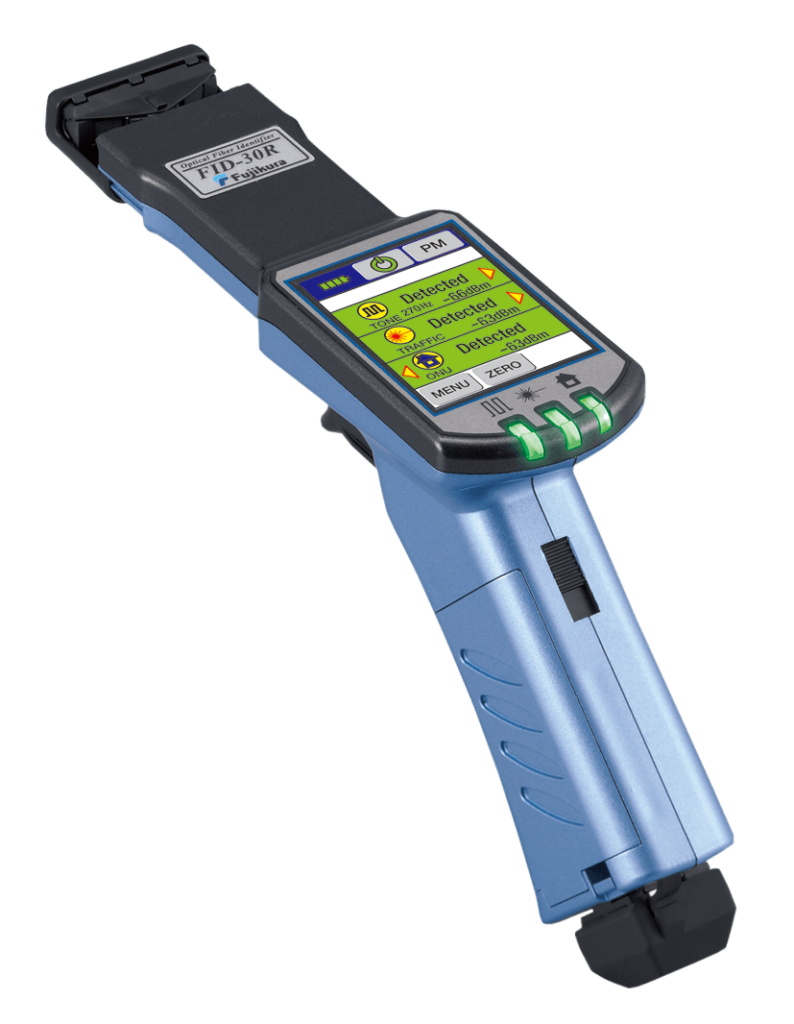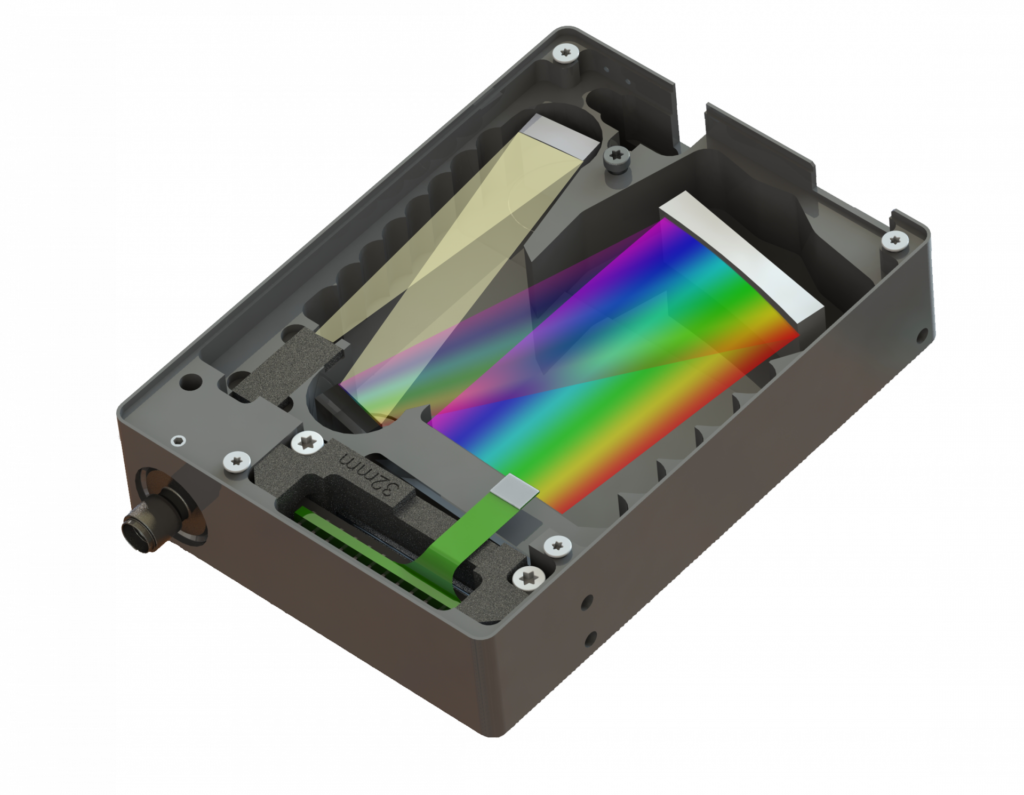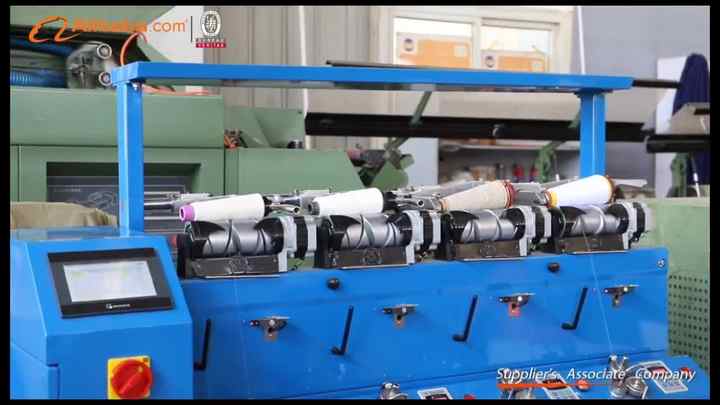Features to Look for in an Optical Fibre Diameter Analyser Device
Features to Look for in an Optical Fibre Diameter Analyser Device
Blog Article
Maximize Your Fibre Optic Performance: Comprehending Optical Fibre Diameter Analyser Modern Technology
The efficiency of fibre optic systems is seriously affected by the precision of their size, an aspect commonly forgot in the search of ideal signal stability. Comprehending the innovation behind optical fiber size analysers reveals the detailed balance between dimension precision and production quality. These tools not just boost conformity with sector criteria yet additionally give real-time insights that can preemptively resolve possible problems. Nevertheless, the ramifications of their use extend beyond mere measurement; they can basically change the landscape of fiber optic efficiency. What factors should one consider to harness their complete potential?
Value of Optical Fiber Diameter
The diameter of optical fiber plays a vital role in identifying the efficiency and efficiency of communication systems. It influences a number of vital criteria, including the mode of light breeding, depletion, and bandwidth capacity. Larger diameters generally enable multiple light modes, assisting in higher data transmission prices. On the other hand, smaller sized sizes have a tendency to support fewer settings, which can improve signal quality and decrease crosstalk.

Additionally, recognizing the diameter's ramifications can bring about cost savings by reducing the need for signal boosting and repeaters in extensive networks (optical fibre diameter analyser). Finally, the importance of optical fiber size can not be overstated, as it straight affects the overall performance and dependability of modern communication systems

How Size Impacts Signal Quality
Signal quality in optical fibre systems pivots substantially on the size of the fibre. A smaller sized diameter can lead to higher depletion prices, resulting in signal loss as light trips with the fibre.
Alternatively, bigger sizes usually enable enhanced light capture and decreased modal diffusion, enhancing signal clarity. In multimode fibres, a larger core diameter can support multiple light modes, yet it may additionally introduce intermodal diffusion, which can break down signal high quality. Selecting the ideal fiber diameter is important for accomplishing the desired performance in details applications.
Furthermore, the interaction between the fiber diameter and the wavelength of the light utilized plays an important duty in determining the efficient transmission distance and overall signal stability. Understanding how fibre size impacts signal quality is crucial for network designers and designers striving to maximize optical fiber systems for dependable, high-speed information transmission.
Overview of Diameter Analyser Modern Technology
In several optical fiber production procedures, exact measurement of fibre diameter is important for guaranteeing consistent efficiency and top quality (optical fibre diameter analyser). Diameter analysers are advanced instruments created to analyze the physical dimensions of optical fibres with high accuracy. They use advanced optical and laser technologies to measure the size, ovality, and concentricity of the fiber, thus supplying vital data for quality assurance
These analysers can run in-line throughout the production process or as part of off-line screening protocols. In-line systems make it possible for real-time monitoring, permitting producers to change parameters instantly, thus maintaining optimum manufacturing problems. Off-line analysers, on the various other hand, provide extensive examinations of batches, making certain that any variances from defined tolerances are recognized and addressed.
Size analysers dramatically add to the reduction of issues in optical fibers, improving total product dependability. By regularly determining vital criteria, these technologies assist in conformity with industry requirements and requirements. As the demand for high-performance optical fibres proceeds to rise, the role of size analysers ends up being increasingly vital in achieving the desired high quality and performance standards in fiber optic systems.
Trick Functions of Fiber Size Analysers
Although numerous models of fibre size analysers exist, they commonly share several vital attributes that improve their performance and reliability. One of the most substantial attributes is high-resolution dimension capabilities, which ensure accurate size analyses, essential for preserving quality assurance in fibre manufacturing. In addition, many analysers incorporate innovative optical sensors designed to identify minute variants in fibre size, hence supplying very useful information for process optimization.
An additional essential attribute is real-time monitoring, allowing operators to obtain prompt responses on fibre diameter throughout the manufacturing process (optical fibre diameter analyser). This ability assists in rapid changes and reduces the chance of issues. Several analysers additionally come geared up with easy to use interfaces, making it possible for operators to conveniently navigate with information and settings results
In addition, robust information storage space and evaluation functionalities are important for tracking historic performance fads and making certain compliance with sector criteria. Some designs even use connectivity choices for integration right into existing production control systems, enhancing general functional efficiency. Finally, compact and portable styles permit flexible implementation within production settings, ensuring that quality control procedures are smooth and effective. These functions collectively add to the effectiveness of fiber size analysers in enhancing fiber optic performance.
Best Practices for Fiber Optimization

First, routine calibration of optical fiber size analysers is vital. This guarantees exact dimensions and reduces prospective inconsistencies that can influence efficiency. Next off, maintaining a tidy functioning setting is crucial; dirt and impurities can lead to signal deterioration.
Furthermore, it is important to choose fibers that meet particular application needs. This includes reviewing aspects such as depletion, bandwidth, and ecological conditions. Proper setup strategies should also be complied with, including staying clear of sharp bends and too much stress, which can endanger fiber integrity.
In addition, employing innovative tracking systems can facilitate real-time performance evaluations, allowing prompt identification of problems. Regular screening and maintenance need to be conducted to guarantee that fibers stay within ideal functional parameters.
Last but not least, training workers on the most recent fibre optimization technologies and approaches will certainly enhance their ability to apply effective strategies. By complying with these ideal techniques, organizations can significantly boost the performance and lifespan of their optical fiber visit this site systems, guaranteeing efficient communication and data transfer.
Final Thought
In final thought, the integration of optical fiber size analyser technology is crucial for taking full advantage of fiber optic performance. By ensuring specific measurements of fibre dimensions, these analysers substantially enhance signal high quality and lower losses throughout data transmission.
Signal high quality in optical fiber systems hinges considerably on the diameter of the fibre.In many optical fibre production processes, precise useful source dimension of fibre size is important for guaranteeing constant performance and top quality. As the demand for high-performance optical fibres continues to increase, the function of diameter analysers ends up being increasingly vital in achieving the preferred quality and efficiency criteria in fibre optic systems.
These functions jointly add to the efficacy of fiber diameter analysers in optimizing fiber optic performance.
In verdict, the integration of optical fiber size analyser modern technology is critical for making the most of fibre optic efficiency.
Report this page